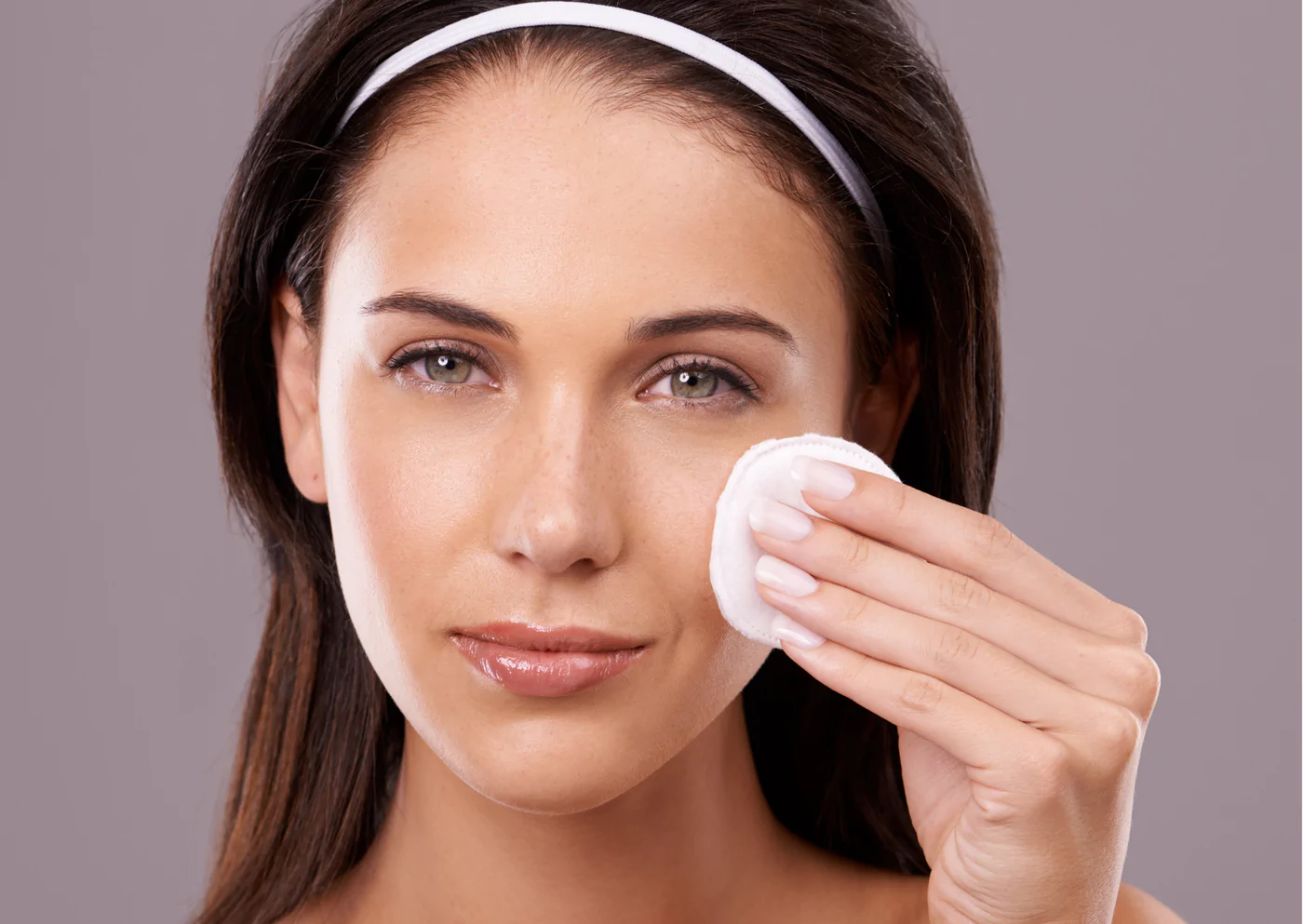Ah, reading labels.Everywhere on social media and blogposts we’re reminded to “read labels!” or “check ingredients!”. But let’s be honest, the process is time-consuming, boring, and even confusing at times. Do people actually make the effort to read labels or is it just some empty slogan repeated over and over by skincare enthusiasts and cosmetic scientists?

The desire to understand ingredient lists doesn’t come naturally to everyone. In fact, I’d never heard of this process until the recent years. But things are different today. Consumersare no longer passively accepting what they are told to believe. They are becoming ever more aware of the impacts of their choices. And in order to make well-informed decisions, many of them realise they must be conscious of what exactly goes into their products. At the same time, this zeal for information may swing to another extreme, causing over-paranoid consumers to gather information from uncredible sites. This often leads to confusion and misinformation – and eventually results in the development of irrational fears of substances like chemicals.
Reading labels is more than a choice, it is your responsibility. As a consumer, you are responsible in ensuring that the products touching your body are beneficial and safe for both your skin and the environment.

So, how can you tell which ingredients are good for you, which ingredients aren’t, and the most perplexing question of all: what do you do with those long, technical names you’re afraid to even try pronouncing? How can you ensure that the information you receive is backed by science instead of biases and not laden with chemo-phobic misinformation? Here are some tools we’ve put together to equip yourself to become cosmetic-ingredient savvy.

Tips to understand ingredient lists:
- Every skincare product MUST display its full ingredient list. If you can’t find an ingredient list anywhere, it’s a probable sign that you should be concerned.
- Ingredients are listed according to the 1% Rule: ingredients that comprise of more than 1% of the product must be listed in order of decreasing concentration.
- Here’s a list of trusted, science-backed sites where you can safely gather sound and non-biased information:
The Cosmetic Ingredient Review (CIR) is a nonprofit program that assesses the safety of personal care product ingredients in in an open, unbiased, and expert manner.
EWG’s experts break down the science for you! This site presents all the details that matter. Here, scientists, attorneys, and healthy living experts passionate about protecting human health and the environment come together and reviewcollective research and advocacy that are grounded in rigorous science and data-driven analysis, with a laser focus on protecting not only human health, but also the environment.
Here at Sage and Ylang Redefining Beauty, we go great lengths to ensure that every ingredient used in our skincare range is beneficial for your skin and safe for the environment. Our Clean Beauty Standards details our commitment to provide consumers with effective, safe, and eco-friendly products.














